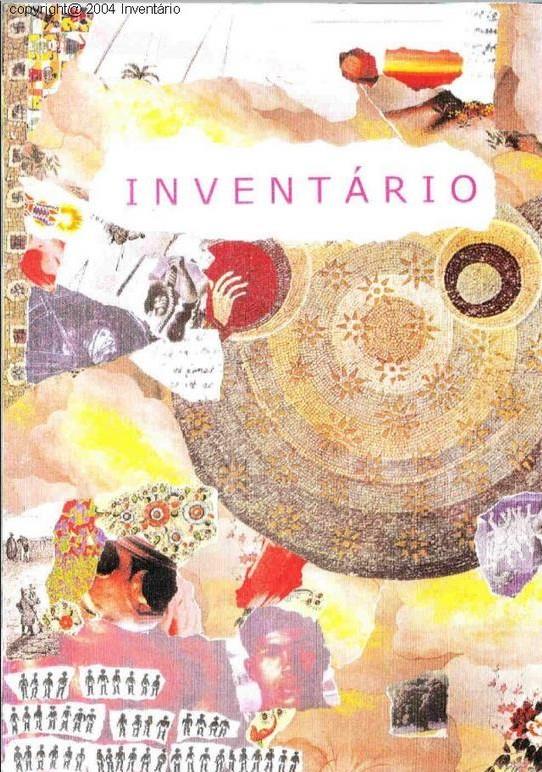FEITO DE AMOR E TREVAS
FUSÕES APOLÍNEAS, DIONISÍACAS E CTÔNICAS EM "O MORRO DOS VENTOS UIVANTES", DE EMILY BRONTË
DOI:
https://doi.org/10.9771/inventr.v0i32.56348Abstract
In The Birth of Tragedy (1992), Friedrich Nietzsche postulates the two artistic principles residing at the core of the dramatic arts of Ancient Greece: the Apollonian and the Dionysian. While the first concept, symbolized by the god Apollo, indicates individualistic, rational, and systematized aspects; the second, represented by the god Dionysus, configures elements of communion, transcendentality, and enchantment. However, although widely used in theoretical and academic studies, the concepts are susceptible to misuse or to failure when facing certain undertakings. The understanding of Dionysian, for example, shows itself, in today's mentality, to be compromised, when assimilated only by its hedonistic nature. Camille Paglia, in her work Sexual Personae (1990), developed a complementary notion entitled “chthonic”. Coming from the Greek chthōn, meaning “earth” or “from the earth”, “from the ground”, the chthonic implies an impulse saturated by aggressiveness, eroticism, and (self) destruction. Therefore, this article investigates the Apollonian, Dionysian, and Chthonic nuances instilled in the novel Wuthering Heights (2016), by Emily Brontë. The analysis, considering aesthetic and narrative elements, led us to conclude that, in addition to the Apollonian and chthonic dichotomy underlying the atmosphere and diegesis, a borderline relationship is built between Dionysian and Chthonic in the character’s affective expression.







